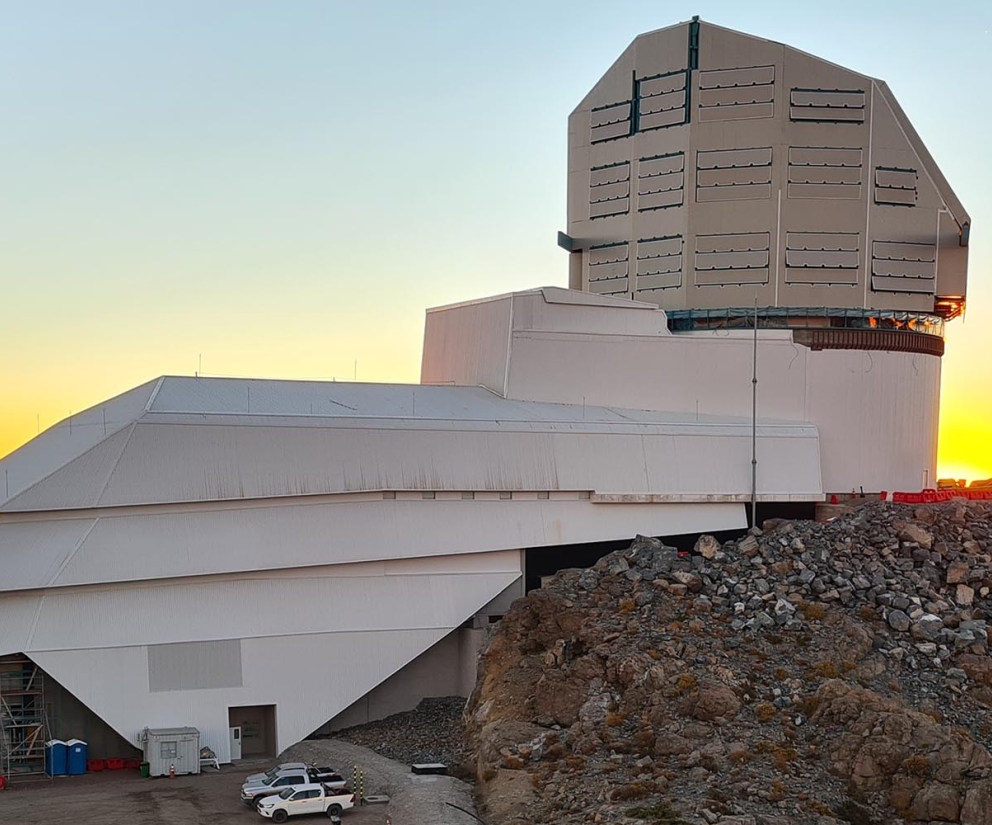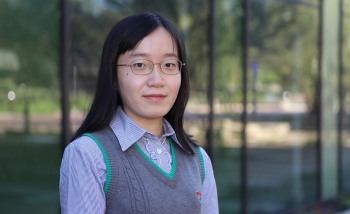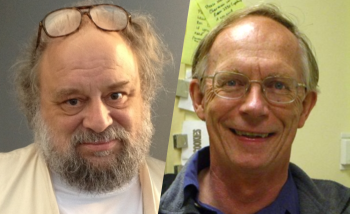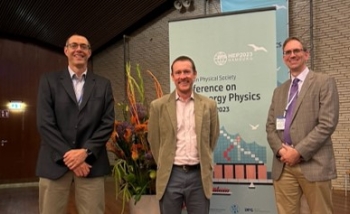Freddy Cachazo wins Rutherford Medal
Perimeter Institute congratulates Freddy Cachazo, who is this year’s winner of the Rutherford Memorial Medal in Physics from the Royal Society of Canada.
One of the Royal Society’s top honours, the Rutherford Medal recognizes outstanding research in any branch of physics. Because Rutherford himself was young when he did his breakthrough work in nuclear physics, the Royal Society prefers to give the medal to scientists under 40. In 2009, Cachazo was awarded the Gribov Medal of the European Physical Society.
Perimeter’s Director Neil Turok commented, "This is wonderful recognition of Freddy’s outstanding work. In addition to providing deep new insights into the structure of quantum field theory, his work has had immediate impact on major international particle physics experiments. I believe his insights will have enduring impact in the search for a simpler, more unified description of nature’s physical laws.”
In trying to understand nature’s most fundamental constituents, Cachazo has made several discoveries that have been widely characterized as breakthroughs in high energy physics.
He is best known for techniques that he has developed with collaborators which help to calculate what is happening when subatomic particles collide. To find the most basic constituents of the universe, accelerators smash subatomic particles together at near light speed, causing interactions which can yield entirely new types of particles in a process called scattering. Scientists measure the resulting outgoing particles, comparing this data against predicted values to determine whether current theory accounts for all of the phenomena observed. Scattering amplitudes are calculations that give the theoretical predictions for obtaining various outgoing particles when different incoming particles at various energies collide. However, using traditional methods to compute predictions about complex interactions, such as those the LHC can produce, was so complicated that until recently, it was practically infeasible.
Cachazo’s work has helped to bring these calculations under much better control. Drawing together ideas from quantum field theory and complex analysis, he developed new techniques that yield results far more simply and efficiently than was previously possible.
The new methods have had a major impact on high-energy physics. They have been adopted in state-of-the-art calculations used in the interpretation of new data coming from experiments at the Large Hadron Collider at CERN and other colliders.
Besides being of immediate utility to experimentalists, Cachazo’s work has also initiated a profound shift in our understanding of quantum field theories. In developing the new methods, Cachazo and his collaborators have uncovered surprising new mathematical structures. These structures may be clues that will lead to a much deeper understanding of how elementary particles arise, and the structure of spacetime itself.
Further exploration
About PI
Perimeter Institute is the world’s largest research hub devoted to theoretical physics. The independent Institute was founded in 1999 to foster breakthroughs in the fundamental understanding of our universe, from the smallest particles to the entire cosmos. Research at Perimeter is motivated by the understanding that fundamental science advances human knowledge and catalyzes innovation, and that today’s theoretical physics is tomorrow’s technology. Located in the Region of Waterloo, the not-for-profit Institute is a unique public-private endeavour, including the Governments of Ontario and Canada, that enables cutting-edge research, trains the next generation of scientific pioneers, and shares the power of physics through award-winning educational outreach and public engagement.




